Menu
Menu

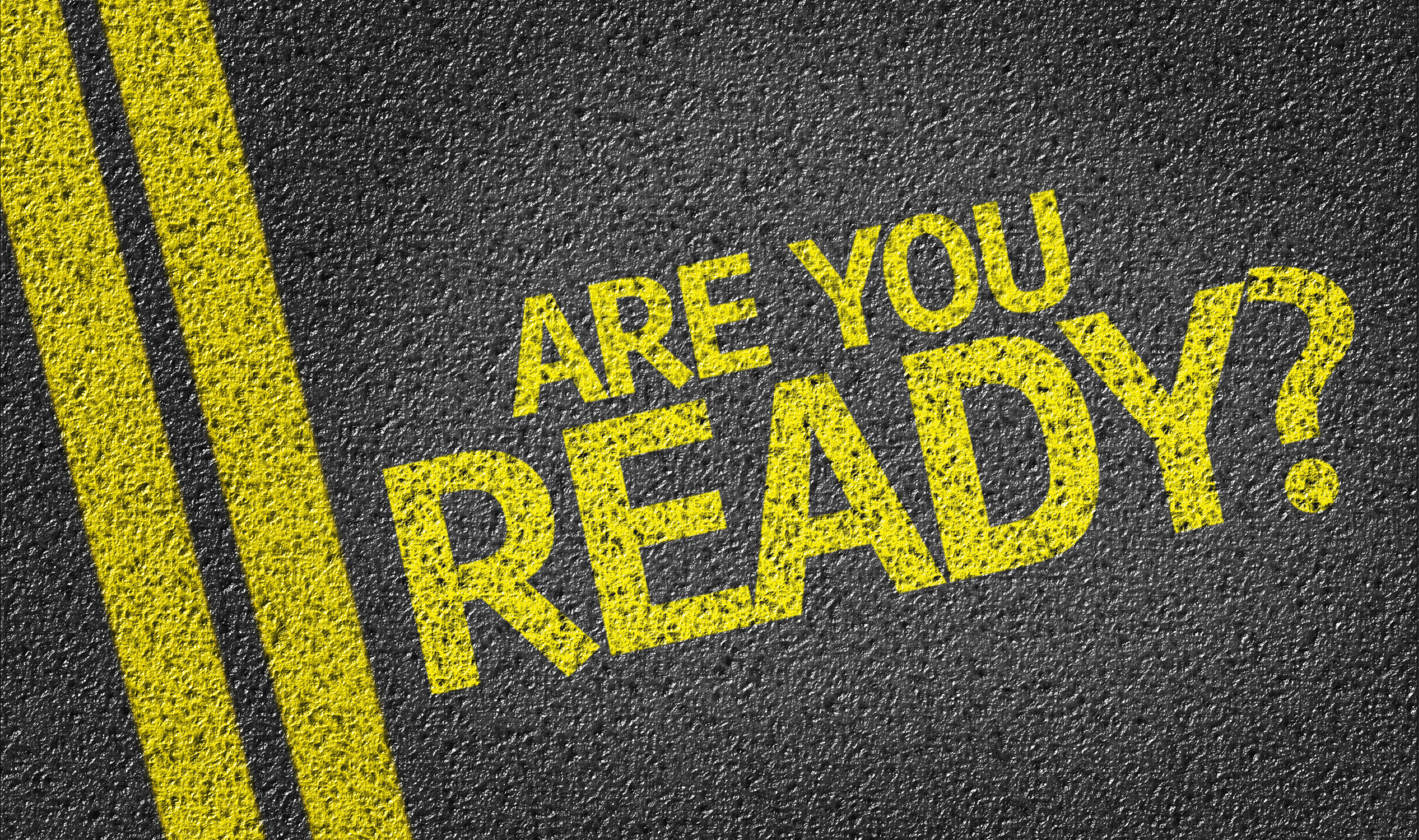
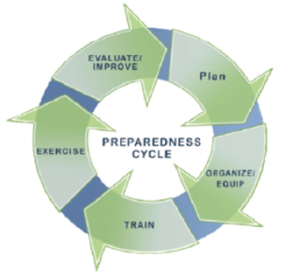
Organizations can develop a wide variety of plans to include:
Developing any of these plans can be resource intensive in terms of both time and personnel. The use of subject matter experts with knowledge of the subject matter, best practices, lessons learned, as well as the organization’s specific procedures is critical to successful planning efforts. While there are numerous guidance documents and templates that can assist in the planning process, such as FEMA’s Comprehensive Planning Guidance 101 (CPG 101), which outlines a six-step process for EOPs that is applicable to the development of most plans (see diagram below), organizations can save both time and money, by relying on ReadyZoneHQ (RZHQ) to support planning requirements.

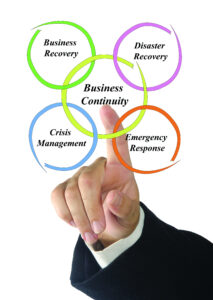
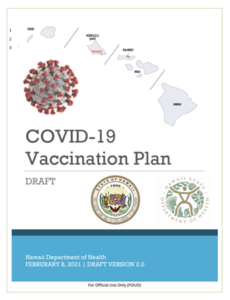
The Hawaii COVID-19 Vaccination Plan development process highlighted several lessons learned, one of which was the importance of establishing strong working relationships with a core collaborative planning team. The COVID-19 pandemic is just one example of the many emergencies in which the RZHQ team has successfully constructed an emergency preparedness and response plan. For more examples of RZHQ’s work, please see Our Work.
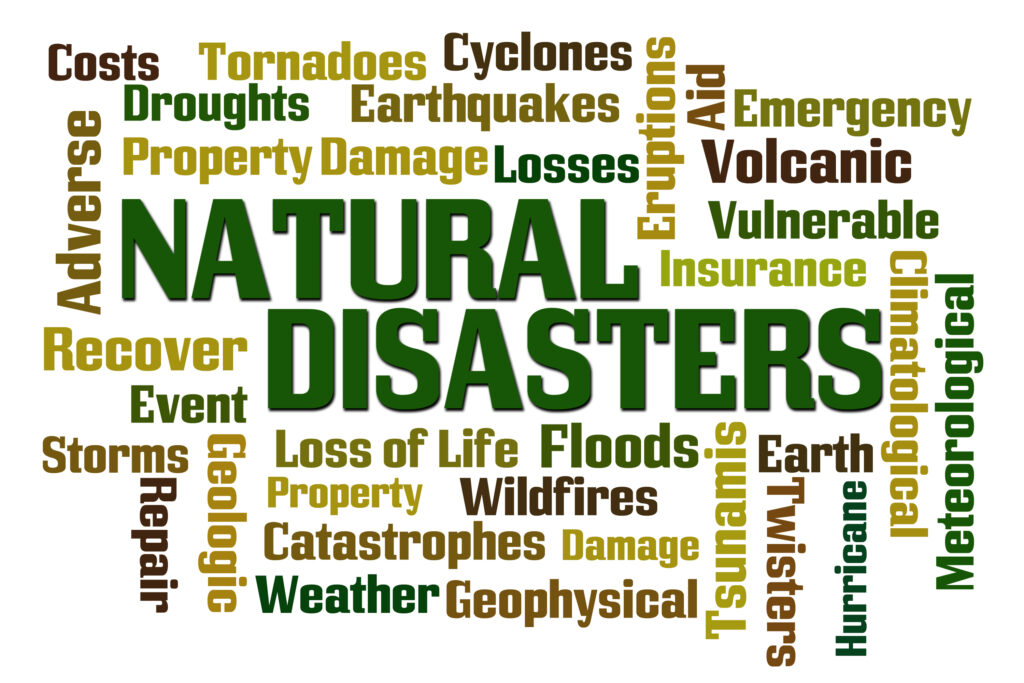
Copyright 2024 ReadyZoneHQ – All Rights Reserved | Website design & development by KOA CREATIVES.COM